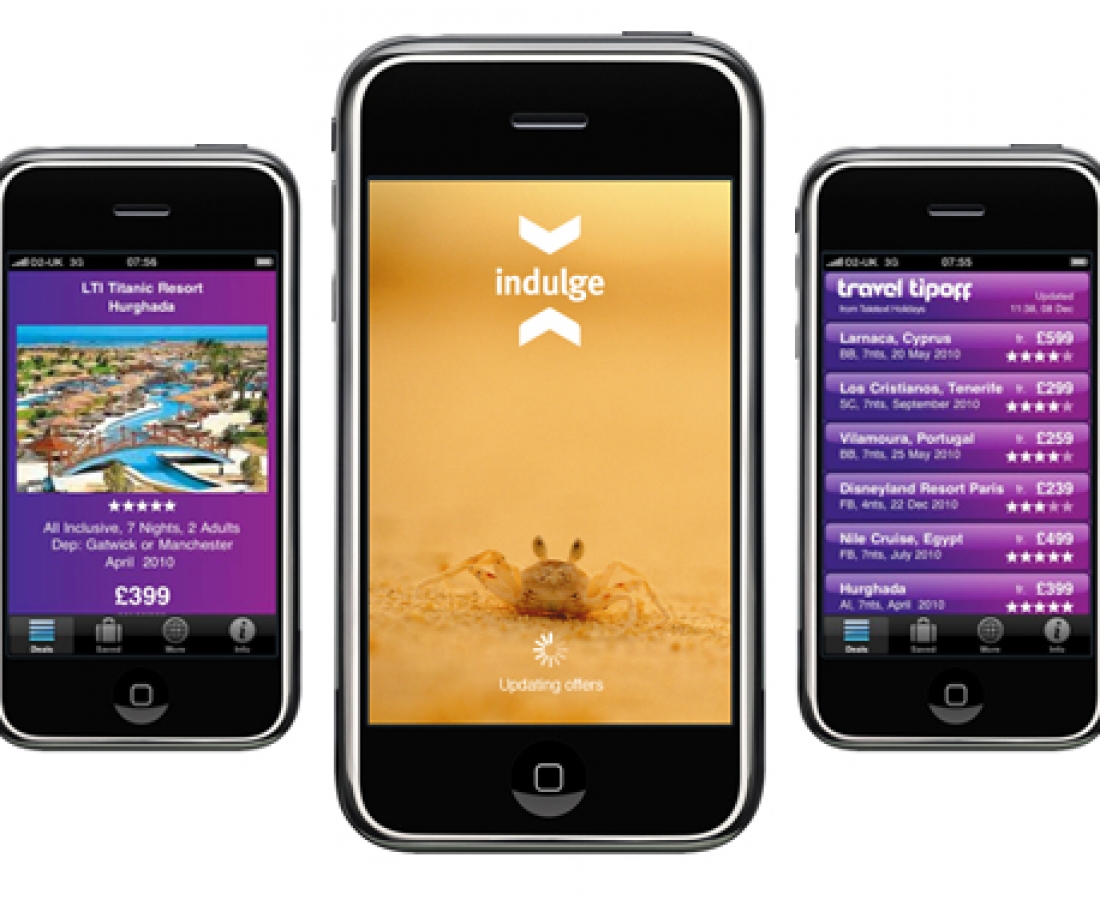


This last remnant, introduced in 1999, will definitely disappear from the BBC in early 2020, the British network announced in September. The British chain opted as a successor of Ceefax for the 'red button' system, a similar technology that shows the user additional information in text form, especially news from their channels BBC NewsY BBC Sport, by pressing the red button on the remote. Despite its simplicity, the teletext service remained active on the BBC until 2012. It was not until years later when the current name of 'teletext' began to generalize, derived from the alternative service developed by Oracle. This day of the year marks the birth of this technology with the celebration of the National Teletext Dayin the United Kingdom.Īt that time, the chain began to use its own protocol called Ceefax. In the times of the Global networkmany no longer remember it, but the British television network BBC was the first in the world to introduce teletext on September 23, 1974. The decline of this technology, with 45 years of history (it did not come to Spain until 1988, although it is still used today), sheds light on a technically rudimentary but precursor system of the Web when it comes to allowing information consultation. British chain BBC, the world's first to introduce the teletext, has announced that it will stop offering the red button service - heir of traditional teletext.


 0 kommentar(er)
0 kommentar(er)
